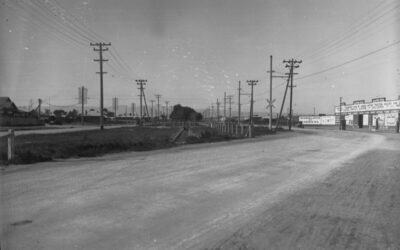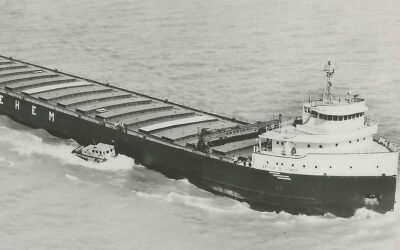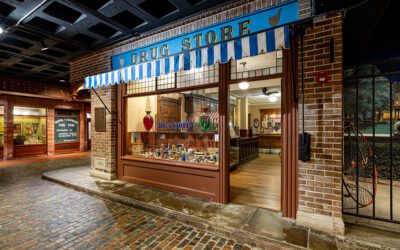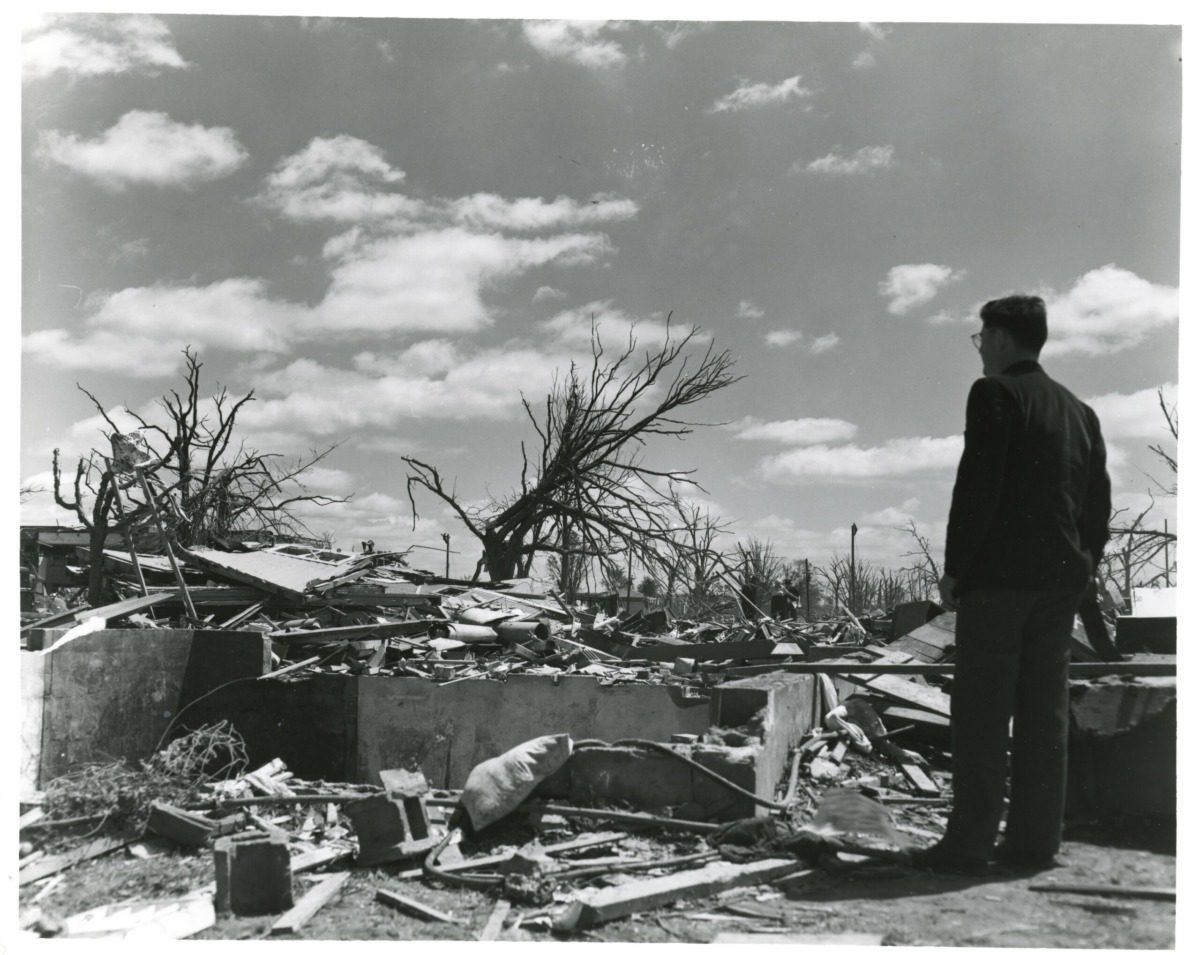
A man surveys the damage in the aftermath of the Flint-Beecher Tornado (James Dion)
June marked the 72nd anniversary of the deadliest tornado in Michigan’s history. Learn about the Flint-Beecher tornado, its impact, and its lasting legacy.
It was an ordinary early summer evening in Genesee County, June 8, 1953, before the sound of the roar could be heard. The US Weather Bureau, which would later come to be known as the National Weather Service, issued a Severe Weather Bulletin at 7:30 pm, but it wasn’t until 8:30 pm that what would come to be known as the Flint-Beecher Tornado, the deadliest tornado in Michigan’s history, and the 10th-deadliest ever in the United States, touched down.
The Flint-Beecher Tornado was, at the time it occurred, a shock to Michigan and the nation. Despite its impact and infamy, it wasn’t the only tornado that occurred that day. Far from it. In fact, it was part of a chain of weather events known as the Flint-Worcester tornado outbreak, a storm system which started West of Michigan, in Iowa and Nebraska, but would eventually move through the Mitten, and East into Canada and parts of New England. The day the Flint-Beecher Tornado hit, seven others also struck in southeastern Michigan and northwestern Ohio, although none were as deadly.
Although the tornado initially touched down in Mt. Morris Township, northwest of Flint, the majority of the devastation would occur in the unincorporated suburb of Beecher and the northern portion of the City of Flint. These were the most populated areas of the tornado’s path, which also included large stretches of farmland. In the aftermath, 116 fatalities were recorded, with roughly half of them being children, and in two cases, the Gatica and Gensel families, the entire family was killed, except for both fathers, who were highlighted as grieving victims in the press in the tornado’s aftermath.
No time for cover
One possible reason for the tragically high number of casualties of the Flint-Beecher Tornado was the state of weather warnings in the early 1950s. Meteorologists had begun developing the storm tracking systems that we use today, but warning systems had not yet advanced. Moreover, in an era before most homes owned a television, let alone smartphones, disseminating warnings to a large population was challenging.
Although a warning had been issued, it was only an hour before the tornado made landfall. Additionally, it was only a Severe Weather Bulletin, without the formalized structure of modern severe thunderstorm or tornado warnings, or the distinctive sirens used in more tornado-prone areas. Some survivors would later recall that their first hint of the tornado approaching was the sky turning a mix of black, yellow, and green. Others would later recall sheltering in their basements, having only been alerted to the tornado when they looked out their windows and saw the black funnel approaching.

Rebuilding Beecher
In the aftermath of the storm, the community of Beecher, as well as the parts of Flint that the tornado had impacted, began to rebuild. Damages had been severe, with homes, schools, and even a drive-in movie theater (which narrowly missed the worst damage, sparing the theater patrons) in the tornado’s path.
The day after the tornado hit, then-President Dwight Eisenhower would survey the damage from the air via plane. Linemen worked 24+ hour shifts as they struggled to restore electricity. Eight hospitals worked to treat injured victims, including some as far away as Saginaw. The tornado would be the deadliest in US history until 2011, when its record would be beaten in Joplin, Missouri, in the tornado known as the Joplin EF5, which resulted in the loss of 158 people.
Today, Beecher remains a census-designated place with a population of 8,840 people in the 2020 census. Beecher High School was rebuilt following the severe damage inflicted by the tornado, but it closed due to a lack of enrollment in 2004. However, efforts are underway to reopen it in 2026.

A bombshell of a connection?
The shock of the Flint-Beecher tornado and the devastation it caused had Michiganders scrambling to prevent a similar tragedy. One of the biggest surprises of the storm was that historically, Michigan had never been a tornado hotspot. That was the “tornado alley” of the Great Plains, as seen in “The Wizard of Oz,” as well as other films that hadn’t yet been made in 1953. So the question was: What caused such a terrible storm to hit the Wolverine State? Was it a tragic circumstance, or something else?
Some lawmakers had taken note of atomic bomb testing, which had taken place only four days prior to the tornado. They speculated that the radiation released into the atmosphere as a result of the bomb had impacted weather systems, leading to such an intense tornado so far from “Tornado Alley.” This theory was debated on the floor of Congress until meteorologists made a statement firmly underlining that this was not possible; the tornado had been a tragedy, but had nothing to do with bomb testing.
What to do in a twister today
Tornadoes still occur in Michigan to this day. However, tornado warning systems have advanced significantly over the past seven decades. Today, if there is the possibility of a tornado touching down in a given portion of the state, the National Weather Service will issue a tornado watch, or, if the chance is higher, a tornado warning. The southern portion of the state, including both the Flint and Detroit areas, is the most likely to be hit, although even if your area of Michigan is not in a traditional “tornado zone,” you should never ignore any warning issued.
Tornado shelters will generally be announced alongside the warning. Get to one of these as soon as possible, or, if you’re at home and have a basement in your house, take shelter there. If you can’t get to an official shelter in time, sheltering in a basement or other low-lying area remains one of the safest places if you’re in the immediate path of a tornado. If you’re in your car, stop driving and get into a ditch or other low spot as quickly as possible. Remember, tornadoes move fast—but at least now, the warning systems can move faster.
This article first appeared on Good Info News Wire and is republished here under a Creative Commons license.
Related: The 8 deadliest natural disasters in Michigan history
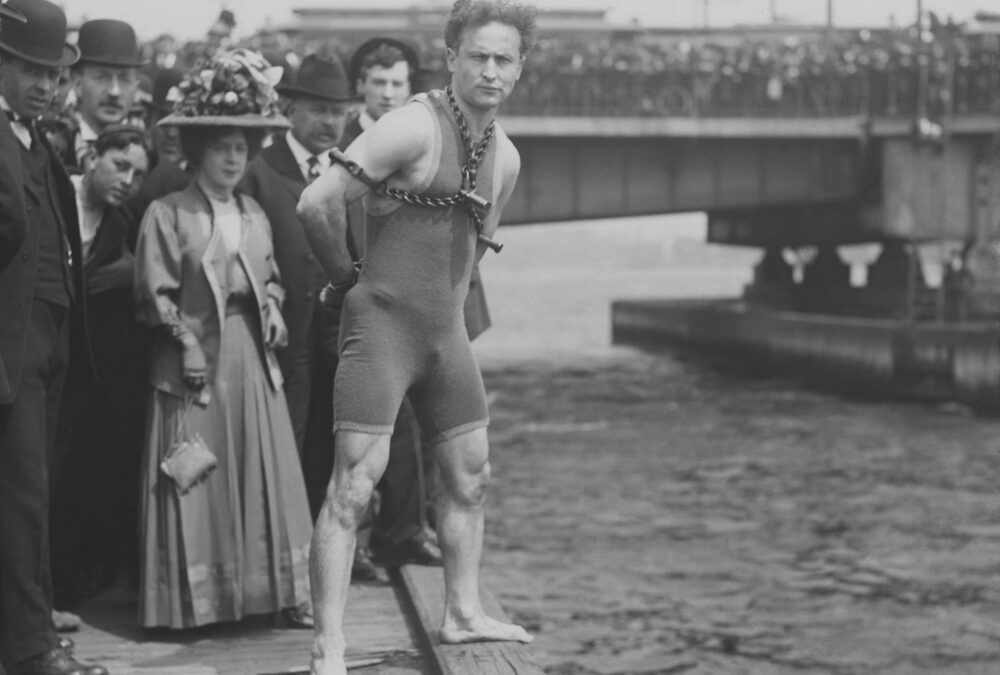
7 creepy facts about Michigan they don’t teach you in school
Immerse yourself in the spirit of the season with seven creepy (or simply unexplained) facts about Michigan that textbooks ignore. Disappearing...

That one time in Michigan: When an official funeral was held for frozen pizzas
The next time you’re forced to discard a recalled product, draw inspiration from one of Michigan’s most inventive pizza producers. We’ve all...

Great Lakes features mystery triangle blamed for disappearances. Is the legend true?
Beware when heading out onto Lake Michigan—legend says ships are known to vanish in what's known as the Lake Michigan Triangle, or do they? The area...
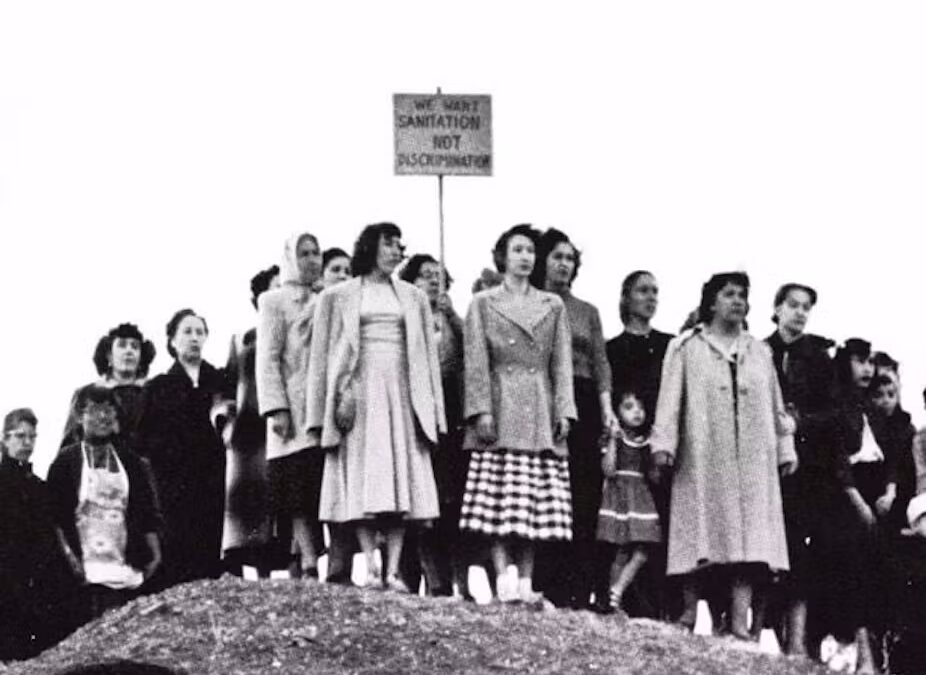
5 unsung films that dramatize America’s rich labor history
By Peter Dreier, Occidental College The U.S. is in the midst of a new upsurge of union organizing. Is a Hollywood drama about angry Starbucks...
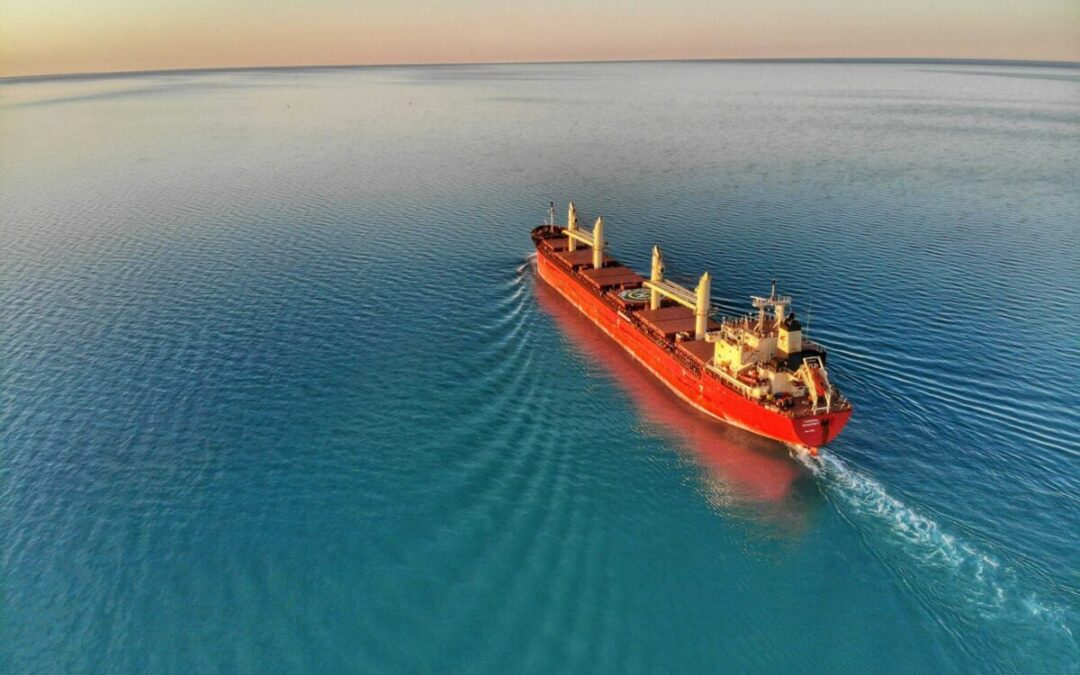
St. Clair: The storybook Michigan town with a surprising world record
St. Clair, Michigan, not only exudes charm and offers plenty of adventures, but it also boasts an impressive world record. As a lifelong resident...



